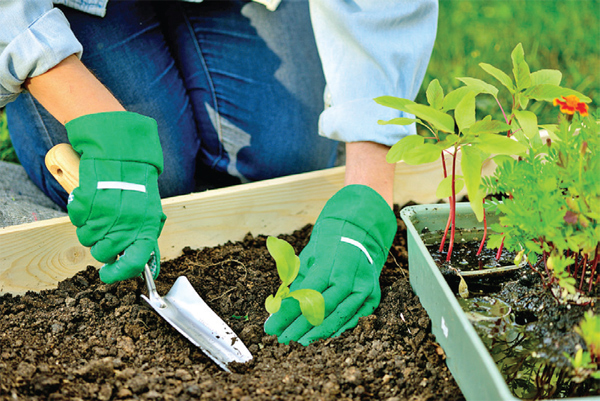You Can Use Organic Gardening Supplies
Choosing the right organic gardening supplies is essential for a successful and healthy garden. Knowing what you need and having it readily available will reduce the amount of time you have to spend on crop care and ensure that you have a good time watching your garden grow. The most essential organic gardening supplies are water, soil, and natural matter. Water is essential because it will serve as the plants' secondary lifeline, while soil is important because it is where all of the nutrients are derived. Natural matter allows you to create another organic garden.
Gardening supplies are essential for successful gardening, such as nutrients, light, tools, cutting tools, weeding tools, watering tools, clawing tools, and sweeping tools. Nutrients are essential for indoor gardening, as they provide nutrients and photosynthesis. Light is essential for germination and growth of seeds and sprouts, and for leaves. Tools are essential for cleaning and maintaining the plants, and should only be purchased for those that are necessary. When purchasing tools, consider the size of the garden and the need for large gardening tools if you have a small garden.
Knowing the list of organic gardening supplies that you will require is one of the most important aspects of a successful organic garden. This is critical because these tools can help and assist you in growing healthy crops quickly.
Choosing the Best Organic Gardening Supplies
Aside from regular care and monitoring, having the right organic gardening supplies will undoubtedly ensure a successful and healthy garden. According to experts, knowing what you need and having it readily available will reduce the amount of time you have to spend on crop care. This will also ensure that you have a good time watching your garden grow.
The following are the most essential organic gardening supplies for your organic garden:
1. Water. This is critical because it will serve as your plants' secondary lifeline. Having a sufficient supply of water nearby is critical because you never know when the plant will require some. Although there is a set time for watering the plants, it is always best to have an extra supply on hand in case you or someone else forgets.
2. Soil. Because this is where all of the nutrients are derived, it is considered the lifeline of any plant in any organic garden. Although you don't need as much if you only have a few pots and trays, it's best to have an extra supply of soil—clay soil is best for its ability to hold water better—just in case accidental container dropping occurs. Having an extra supply of soil allows you to create another organic garden.
3. Natural matter. This is also important because it provides nutrients to your plants. Although you do not need to worry about having a sufficient supply because these are always readily available in your backyard via grass clippings and dried leaves, as well as in your kitchen via decaying vegetables and peel fruits. If you have a pet, you can also use dog or cat manure in the compost pit, as well as fish heads that have not been consumed.
4. Light. This is especially important for indoor gardening because it provides the plant with the light it requires. Light is essential for the germination of seeds and the growth of sprouts. It is also critical for leaves because it facilitates a critical process known as "photosynthesis." Create a garden site that receives direct sunlight if at all possible. If this is not possible, try to create alternative lighting by placing a fluorescent bulb or tube directly on the container.
5. Tools. These are also essential organic gardening supplies for successful gardening because they make your job easier. Cutting tools, weeding tools, watering tools, clawing tools, and sweeping tools are all important. These will assist you in cleaning and maintaining the plants, particularly if they are growing quickly.
These tools can also assist you in organizing the plants so that they do not become tangled as they grow taller. When purchasing tools, make certain that you only purchase those that you truly require. As a guide, consider the size of your garden. There is no need to purchase large gardening tools if you have a small garden.





















